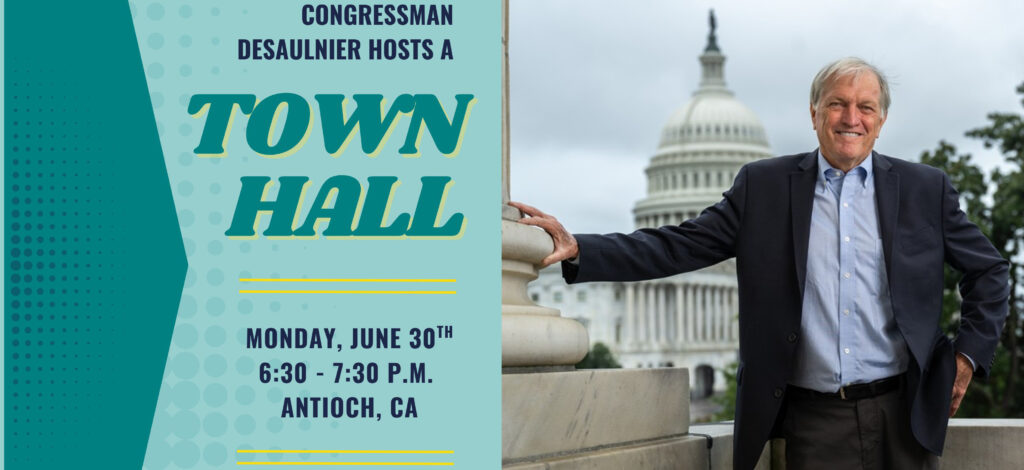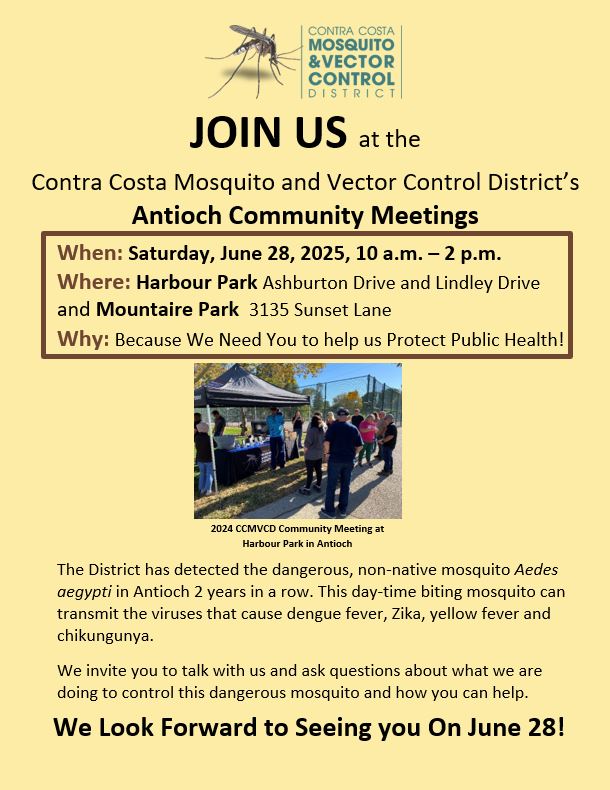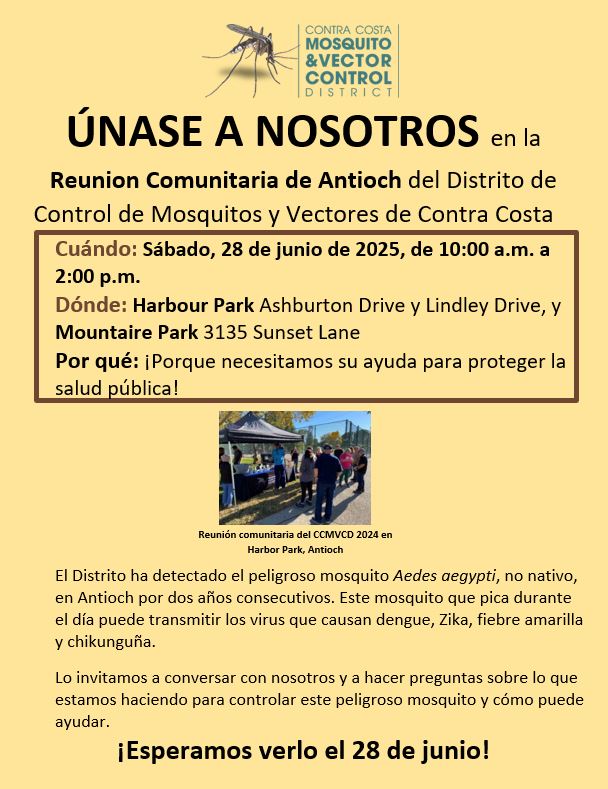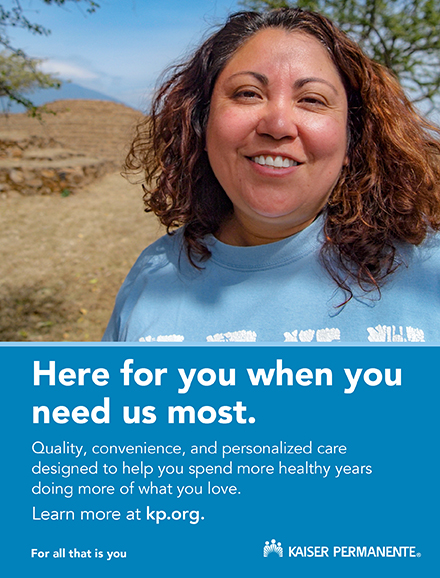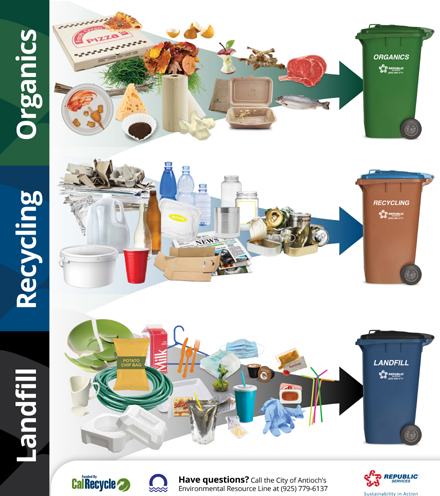BART seeks professionals to serve as members for RR Bond Oversight Committee
Friday, August 1st, 2025
1 Civil Engineer, 1 Electrical Engineer and 1 Certified Public Accountant
By San Francisco Bay Area Rapid Transit District
BART is recruiting volunteer candidates to fill three vacant seats on the Measure RR Bond Oversight Committee. The committee provides diligent and public oversight of the expenditure of funds from bond sales associated with Measure RR, which is a $3.5 billion bond measure approved by BART District voters in 2016 to rebuild the system’s core infrastructure. Members of the Bond Oversight Committee represent a diversity of expertise, geography, and demographic characteristics. BART is looking for candidates to fill the electrical engineer, civil engineer, and Certified Public Accountant seats on the committee. All committee members are unpaid volunteers.
Candidates must live in either Alameda County, Contra Costa County or San Francisco City and County.

About Measure RR
Voters approved Measure RR, a $3.5 billion bond, in November 2016. The bond proceeds fund a portfolio of projects including replacing 90 miles of severely worn tracks, repair tunnels damaged by water intrusion and upgrade the aging train control system. Learn more at bart.gov/rebuilding/projects.
About the Committee
The independent Measure RR Bond Oversight Committee consists of five professionals in the areas of engineering, auditing, public finance, construction project management, and two members from the League of Women Voters. Learn more at bart.gov/bondoversight.
Committee Responsibilities
Members of the Committee are responsible for the following:
• Assess how bond proceeds are spent.
• Assess that work is completed in a timely, cost effective and quality manner.
• Communicate its findings and recommendations to the public.
• Publish an annual report.

Time Commitment
The minimum time commitment is about 10 to 15 hours per year. There are typically four in person meetings annually, which are open to the public
Compensation
Committee members are volunteers. However, BART will compensate members for their travel on BART to and from meetings.
INTERESTED?
Contact Rachel Russell at (510) 418-0859 or measurerrcommittee@bart.gov to discuss next steps.
DEADLINE
Friday, August 15, 2025, 5pm Pacific Time. Submit cover letter and resume to Rachel Russell for consideration.
Learn more about applying here.



























































































